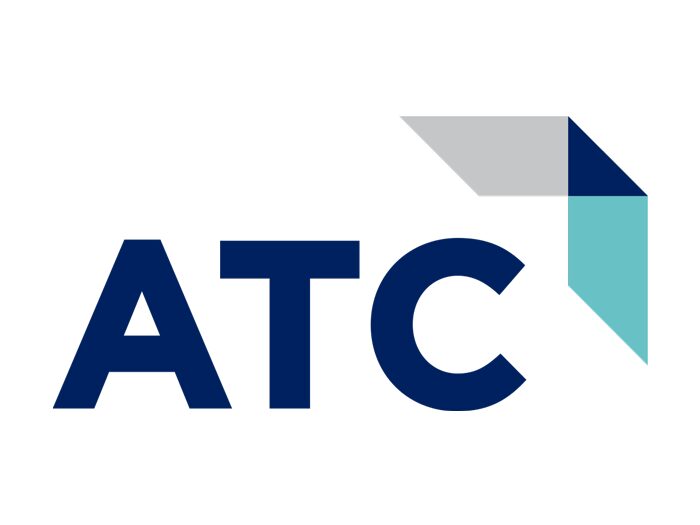
The ThinkGig blog is always good for commentary on all things telecom. “The Financial Case for Hosted VoIP” article is no different. Read it in its entirety here, but if you want to cut to the chase, here’s the money portion, no pun, with a bit of editing for clarity:
Cost: The One Thing That Never Changes
Technology change aside, we will never get away from the eternal question asked by business and IT managers: How much will this cost? We may want the benefits of VoIP and Unified Communications (UC), but adding this kind of functionality to our on-premises IT infrastructure can add cost and complexity. Overseeing a growing voice system is a tough job. There are a bunch of moving parts and a lot of different aspects to manage. And if your business has been part of a merger or acquisition, has undergone a recent technology refresh, or just continues to grow, your job is even harder. The more your voice system expands, the more you will need to understand call patterns, how to scale the systems (through proper architecting and hardware procurement) without interruptions, and how to make sure you’re always up to date with the latest technologies. Really, adding anything to your system will make it more challenging, time-consuming, and probably a bit more expensive to manage.
Hosted VoIP offers an alternative that is often less costly. It’s not right for every organization, of course, but when it’s a good fit, the savings can be substantial. With a hosted VoIP solution, you gain the benefits of VoIP and UC without the up-front capital expense (CapEx). Hosted VoIP rids your IT department of the most resource-intensive activities like server deployment, call routing and general maintenance. With hosted VoIP, you’ll get the most up-to-date tools to run the business, but without the headaches of managing or the expenses of hiring and training employees to support them.
Understanding the True Costs of Legacy Phone Service
To calculate the financial benefit of hosted VoIP, it’s necessary to assess the true costs of your legacy phone service. Some of these costs are clearly evident while others are more or less hiding in plain sight. When revealed in your particular organization, the following cost factors with an on-prem business phone system should influence your decision to move to hosted VoIP.
CapEx
- Handsets – Most hosted VoIP solutions include a handset in the service charge, so there’s no CapEx.
- PBX upgrades – Chances are, you’re facing an imminent upgrade or replacement of your PBX. Some systems are at end of life and can’t be upgraded.
- New PBX (if you stick with the prem-based model, you’ll eventually need new equipment)
OpEx
- Connection charges
- Equipment maintenance (PBX and handsets)
- Staff for maintaining voice network
- Move/Add/Change/Delete (MACD) tasks
- Monthly expense for service
- Long distance/toll-free charges
How much is legacy voice actually costing you?
One way to answer the question is to consider what you won’t have to pay for when you move to hosted VoIP, or what you will save by avoiding the CapEx and OpEx required for an on-premise system. Handset and PBX CapEx go away. The PBX service contract, PBX administrative overhead and connection charges go away. The fee for hosted VoIP, which typically evolves around a per-seat monthly charge, will usually represent the bulk of your monthly fees.
Costs aside, what are you losing in productivity and collaboration with a legacy system? Can you your communications system support a mobile workforce? Outdated communications can risk alienating young workers.










